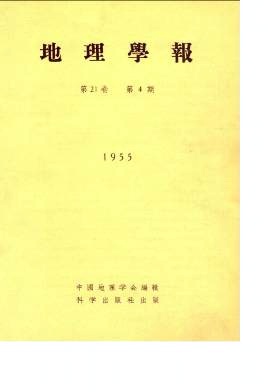HOU HSIOH-YU
Plant ecology is devoted to the study of individual species of plants in relation to climate, soil anal other living things, or in other words, to iwvestigate the relationship of the morphology, structure, chemical character and physiological processes of individual spacies of plants with their environmental conditions. Geobotany with the study of plant communities as the chief object of its con-tents is an inseparable part of plant ecology. Its development is, therefore, decided, to a considerable extent, by plant ecology's achievements. As to its contents, the author is of the opinion that it should include not only the natural plant com-munities but also the artificial plant covers. Both plant ecology and geobotany are now in the infantile stage in China. They are in need of detailed and sufficient materials at weir disposal, and therefore field work should be promoted with great efforts at present. Furthermore, however, indoor research work is to be strengthened step by step and the work at fixed stations shall be commenced at certain places properly chosen only on the basis of field work in associaton with discovered problems.
